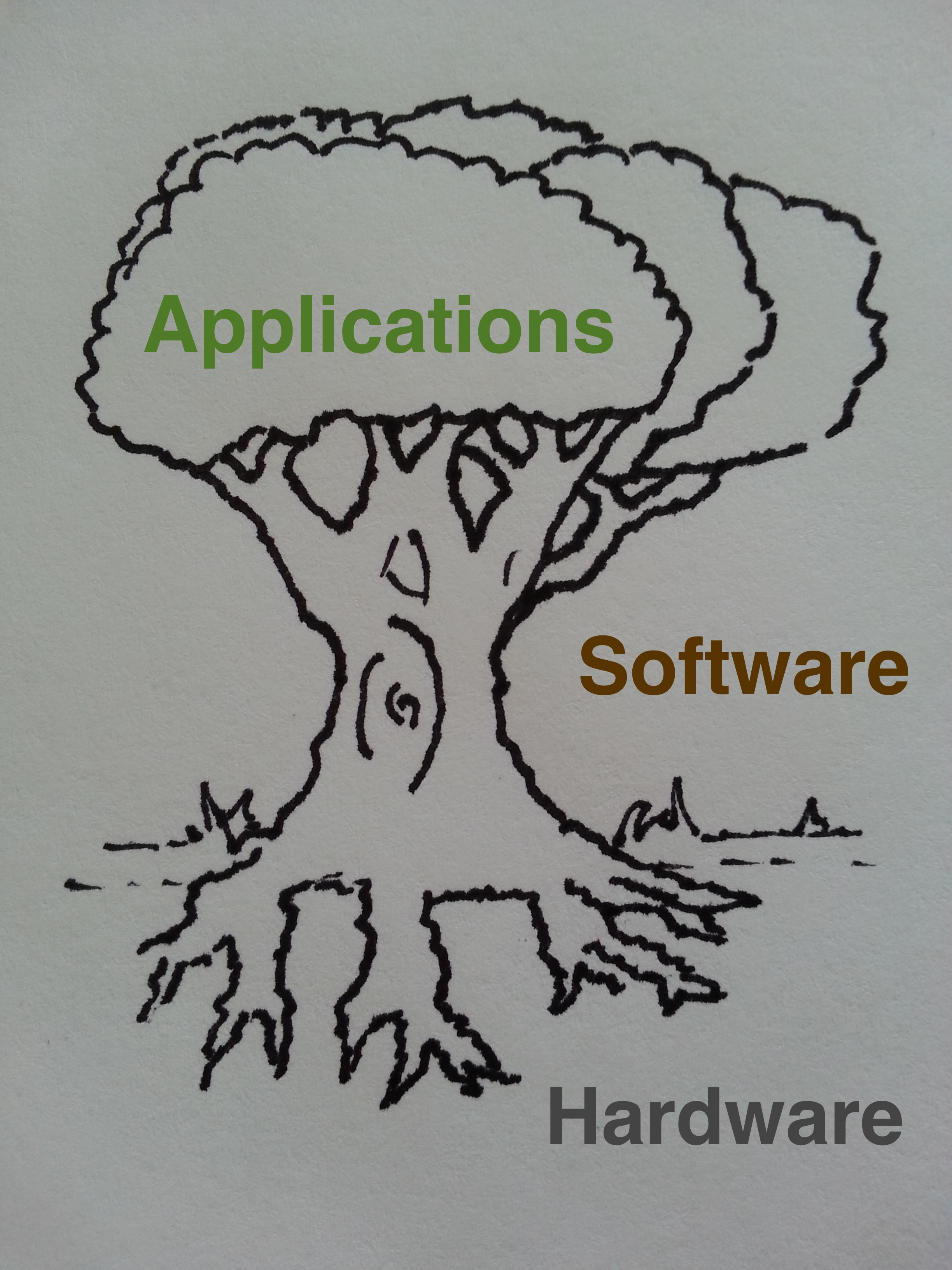Shenzhen, China: The Roots of the Internet of Things, “Giving Tree”
Jan 07, 2016
From November 30th through December 20th, 2015 I traveled back to China by way of Beijing, and down through Shanghai, Hangzhou, Guilin, Nanning and back through Guangzhou and Shenzhen. I had worked in China from 2009-2010 and have been back and fourth many times, mostly doing consulting and sourcing work. My motivation for travel this time was because of the emergence of the importance of the concept of the, “Internet of Things.” I would like to write a bit on why China (and specifically Shenzhen) relates to strongly to the Internet of Things in my mind.
Definition of Internet of Things
I take great pleasure in pointing out the silliness of those who use the term, “IoT,” to indicate something precise and definitive, when in reality the term, “IoT,” is an abstraction, tantamount to saying, “putting computers on stuff,”…perhaps one could even coin an acronym “PCoS.” When discussing IoT, there are those who furrow their brows and give the ‘stink eye’ to technologists, making statements such as, “We don’t think the IoT is right for our company,” or, “It’s too early for IoT.” This is tantamount to saying, “We don’t think the technology of the Universe is right for investment.” What I believe has happened as the term, “IoT,” has come to prominence, in essence becoming a more democratized term which many are familiar with – the usefulness of the term among technologists has gone down as the pool of people purely interested in technology becomes further diluted with people who have a less fundamental understanding of what it takes to build new technology. The meaning of words change over time, and the acronym, “IoT,” has shifted to become more of a marketing term, and less of a technological designator. Ultimately as large technology companies have pumped enormous amounts of money into advertising campaigns, Twitter hashtags and YouTube commercials featuring the wonder and magic of an imagined future. This has appealed greatly to consumers, bloggers and dreamers, but I believe in the process the term has become diluted among those who are interested in actually hacking, building and learning things. Full disclosure: being that I founded a Meetup group focused on, “Internet of Things,” discussions, I am just as guilty of perpetrating this term dilution as the large technology companies such as Cisco, but I would be remiss in saying that I have not enjoyed the process.
Moving the Internet of Things Forward in 2016
We live in a free marketplace of ideas, so terms and words shift over time. I believe that the core of many technologist’s interest in IoT is the enablement of a global neural network of software-laden, connectable devices which can work in tangent or with existing network infrastructure. Freescale has used a, “tree analogy,” to describe the Internet of Things in a 2014 white paper, What the Internet of Things (IoT) Needs to Become a Reality.
- The Leaves are the Applications
- The Trunk and Branches are the Software
- The Hardware(s) are the Roots

This analogy is good because it is simple, but also because it elicits an allegory of responsibility. Like the 1964 Children’s Book, “The Giving Tree,” teaches environmental stewardship ethics, the 2014 Freescale Tree analogy can remind us that we have a responsibility for technological stewardship, much as the boy from, “The Giving Tree,” had a responsibility to take care of the Tree. Technologists who are interested in designing, coding, and making/manufacturing a have a responsibility to give back and nurture and grow the Internet of Things, in much the same way that the boy had a responsibility to nurture and grow the Tree. Those who do not have a good enough understanding of how designing, coding, and making/manufacturing work have a responsibility to improve their skills and understanding to continue to be valuable in the future. We must use the fruits of the Internet of Things, but we must also all take responsibility for helping to grow and nurture the Internet of Things.
Why China

As such, I took it upon myself to travel back to China, and gain a better understanding of what the current state of the, “Roots,” of the IoT, “Tree,” are in the centermost point of the world’s electronics and mobile phone assembly, Shenzhen. I also took a look at what the current state of, “Chinese Internet Innovation,” in multiple other cities in China known for Chinese Internet development. Since I used to work and live in Shenzhen, I’m hoping that my insight on the city and what I found there will be valuable to whoever reads my articles.
My background is in electrical engineering design, product development and manufacturing. As I mentioned above, I have spent over a year cumulatively working and living in Shenzhen (and nearby Dongguan) since 2009, and developed and launched my own product out of Shenzhen, the Solar Ninja. Over the years I have watched Shenzhen and Dongguan transition from a highly hand-assembly and completely volume-focused manufacturing center in 2009, into a much more automated design center with factories scurrying away from the center to other more low-cost cities.
As a final note, while I am aware of some of the many ethical and moral challenges China as a country faces, I tend to attempt to err on the side of engaging heartily and without judgement about these societal issues with Chinese vendors in Shenzhen and have chosen to keep my writings primarily related to technical and business-related considerations rather than ethical and moral. I put this statement in here so that those who are concerned are aware and can reach out to me for a separate discussion.